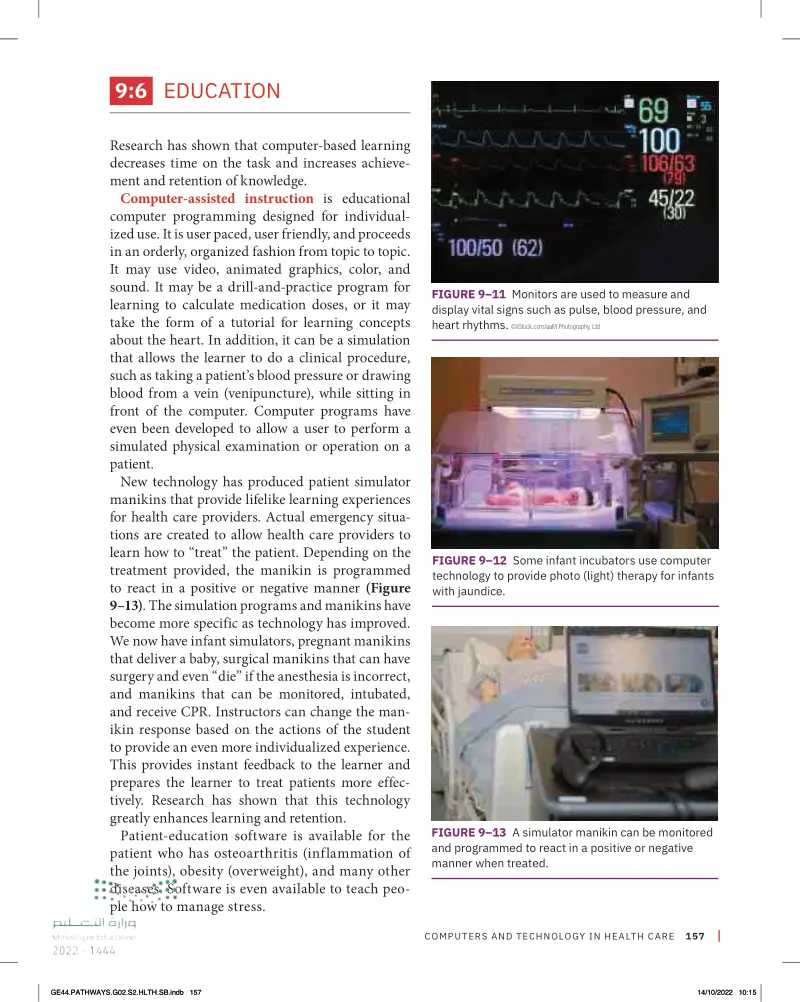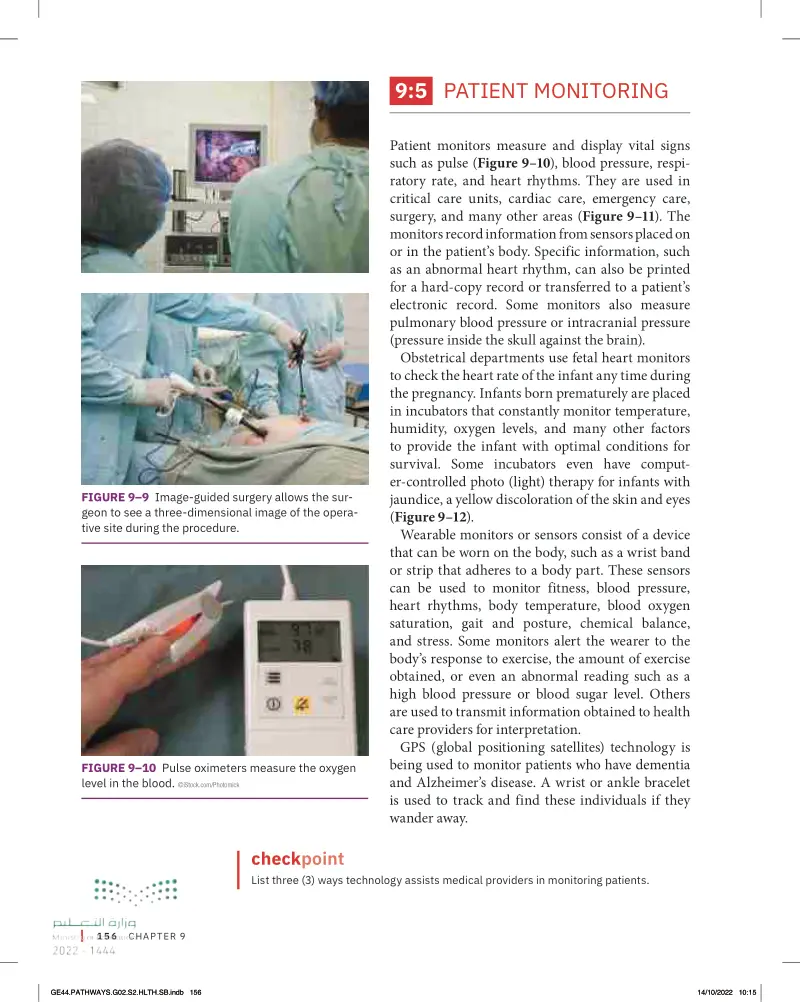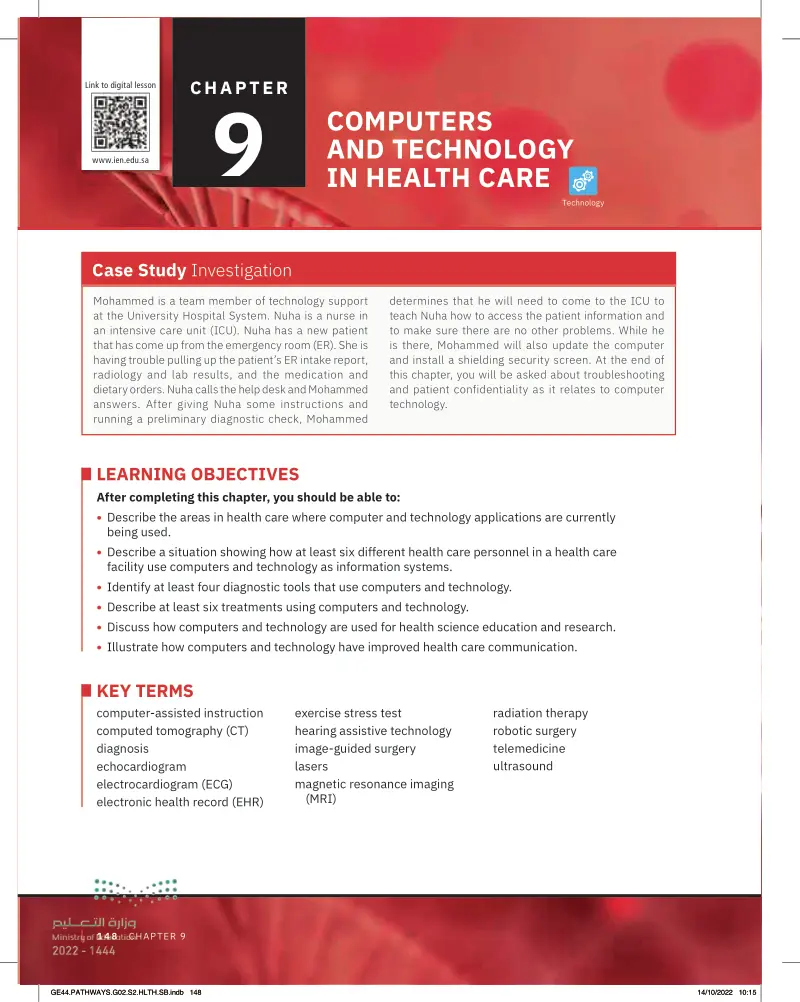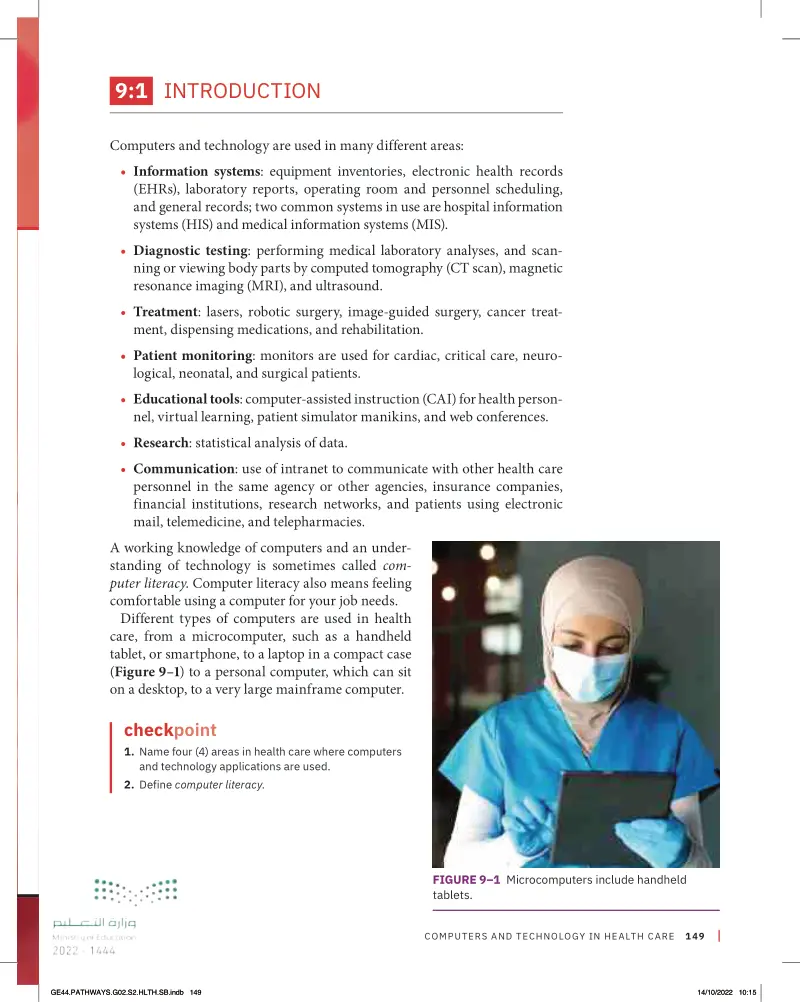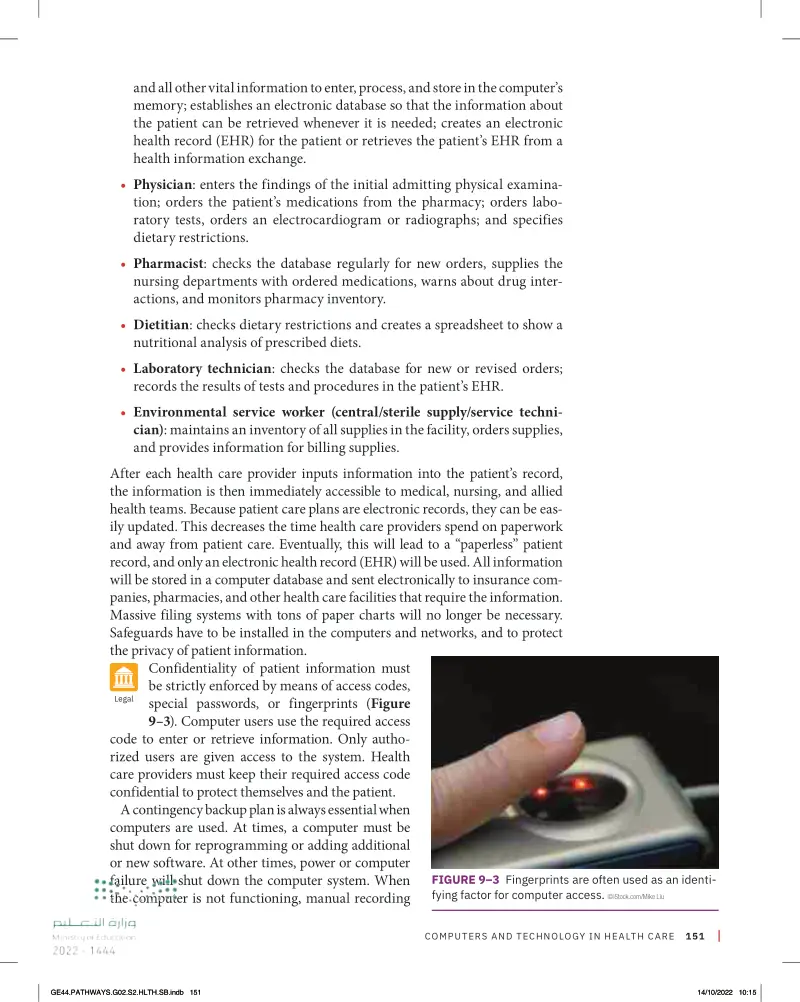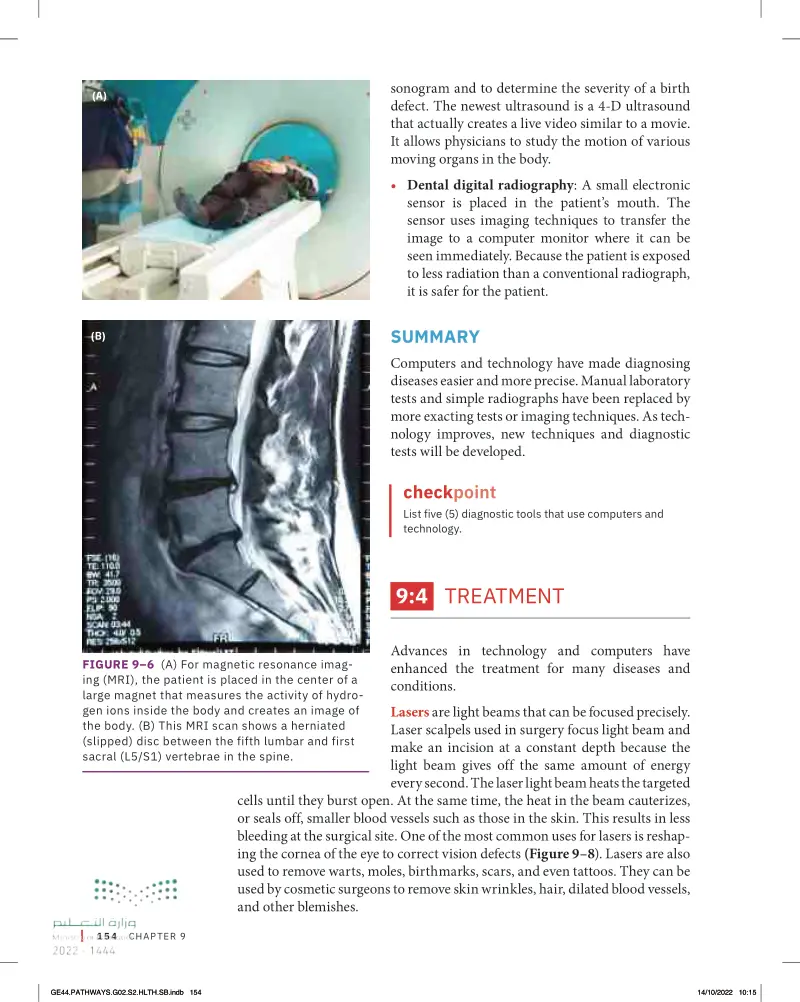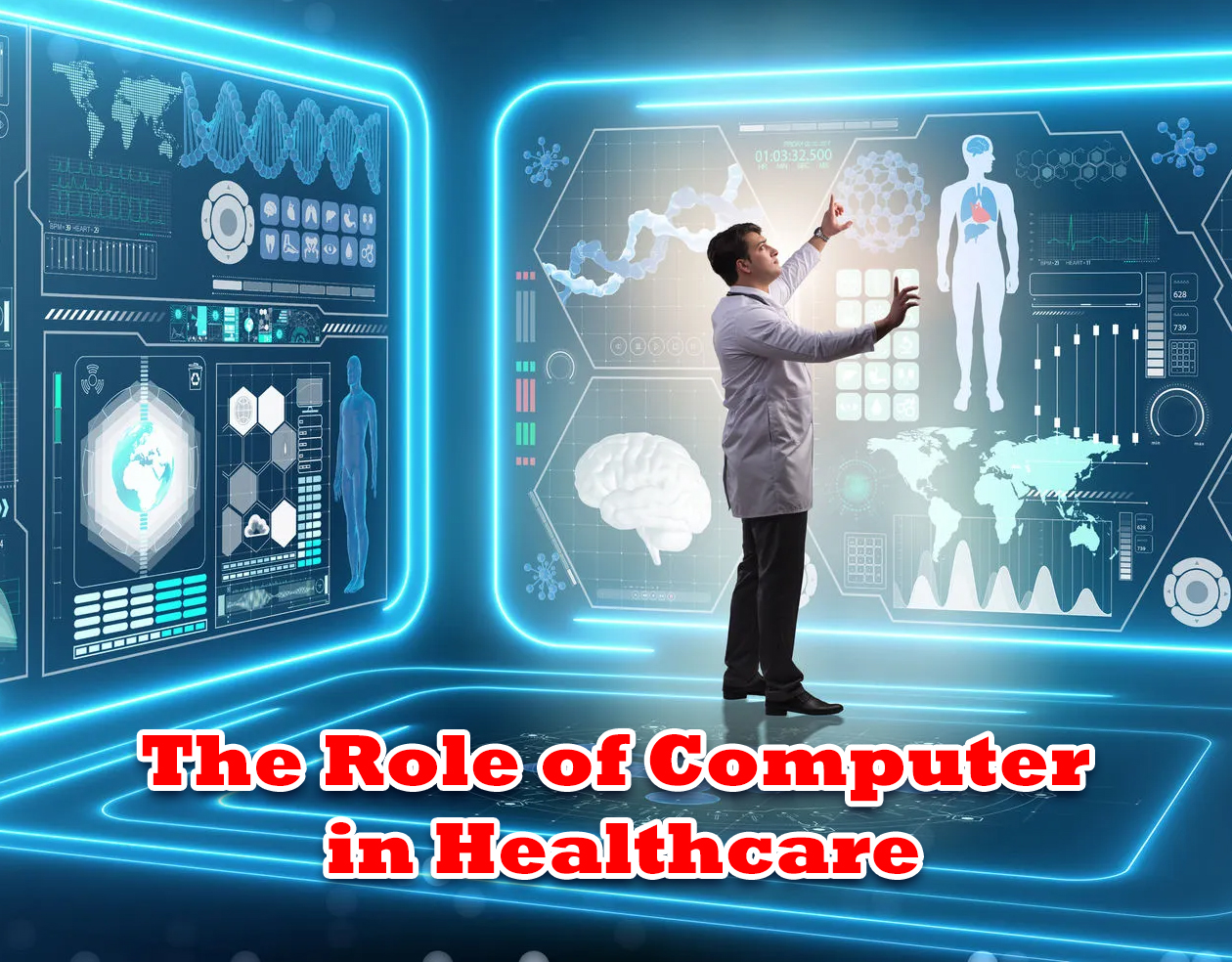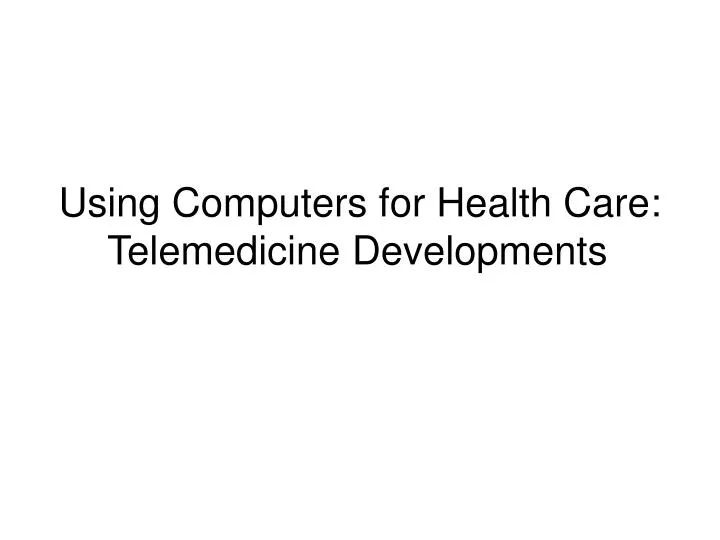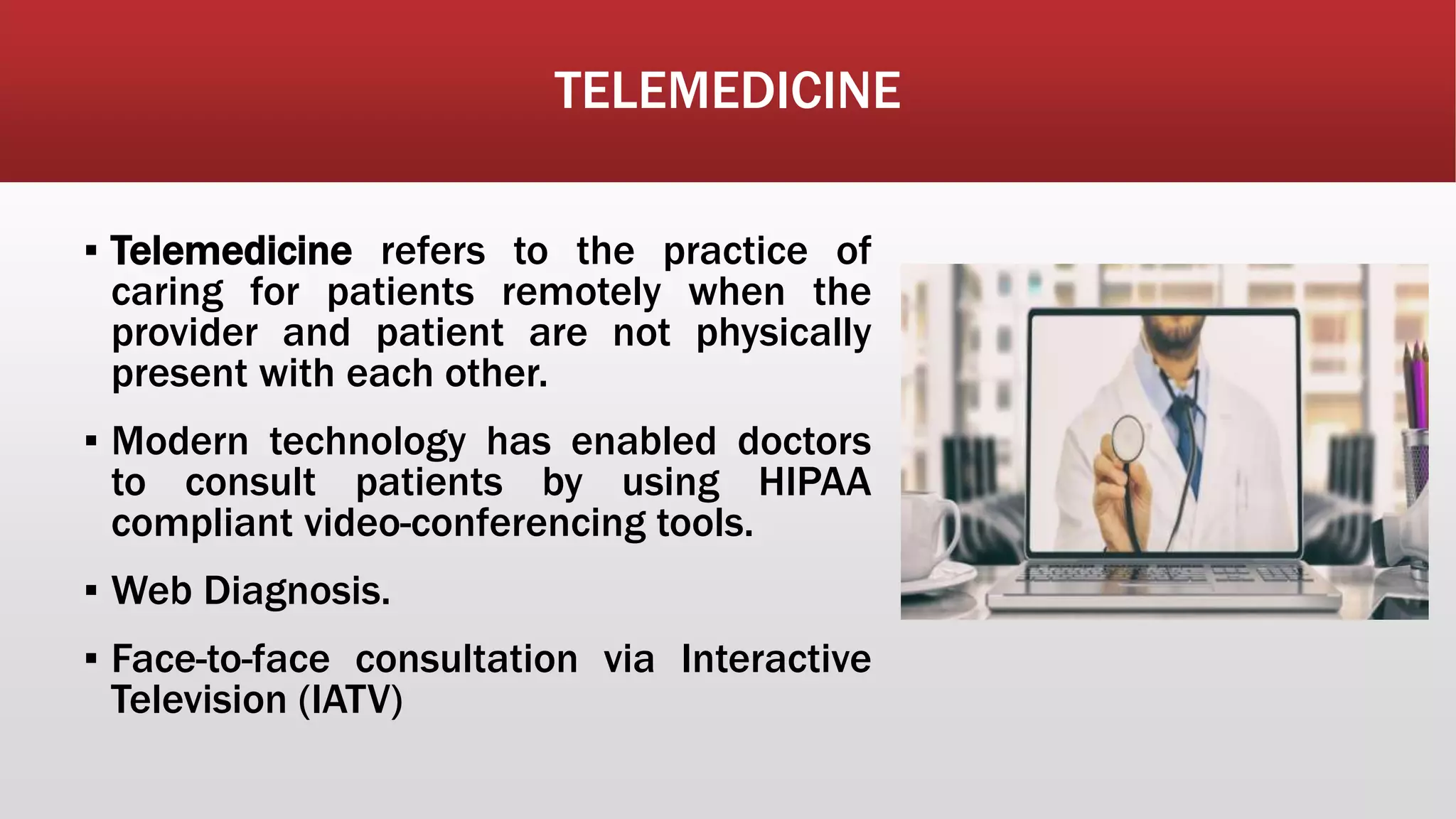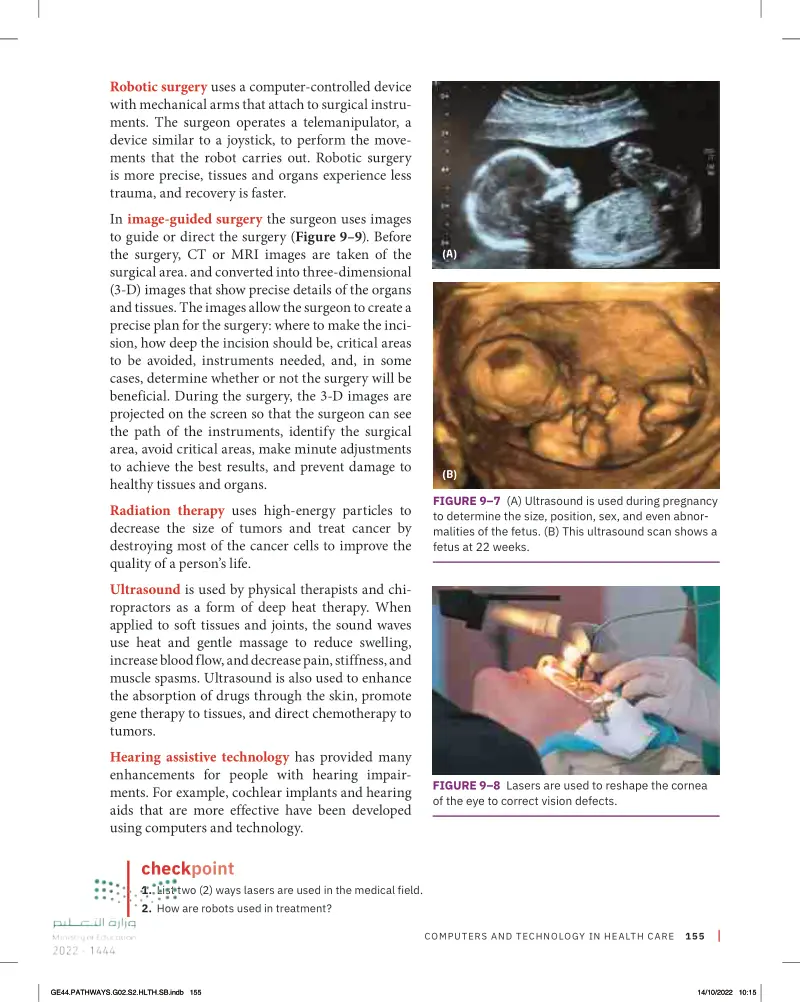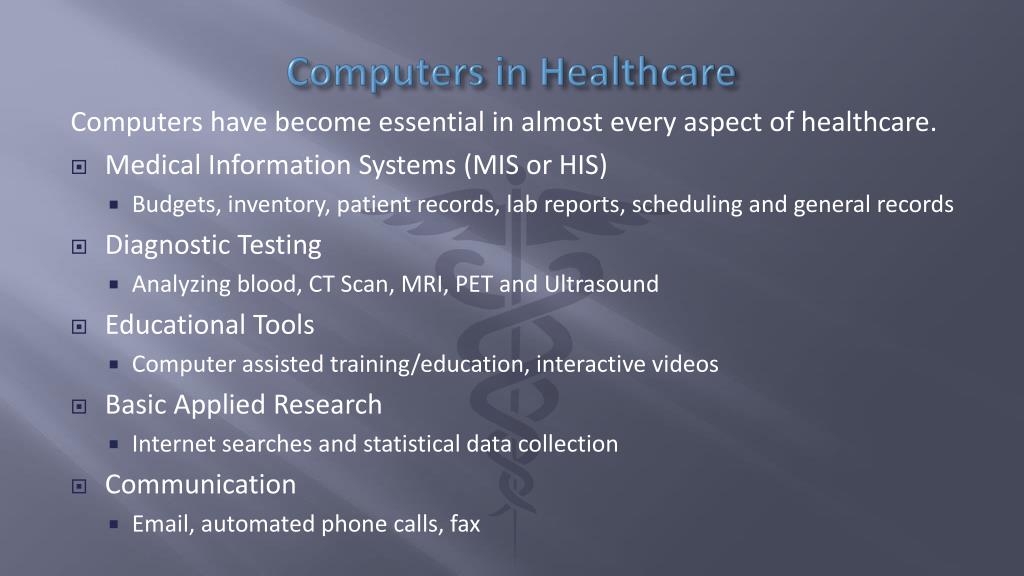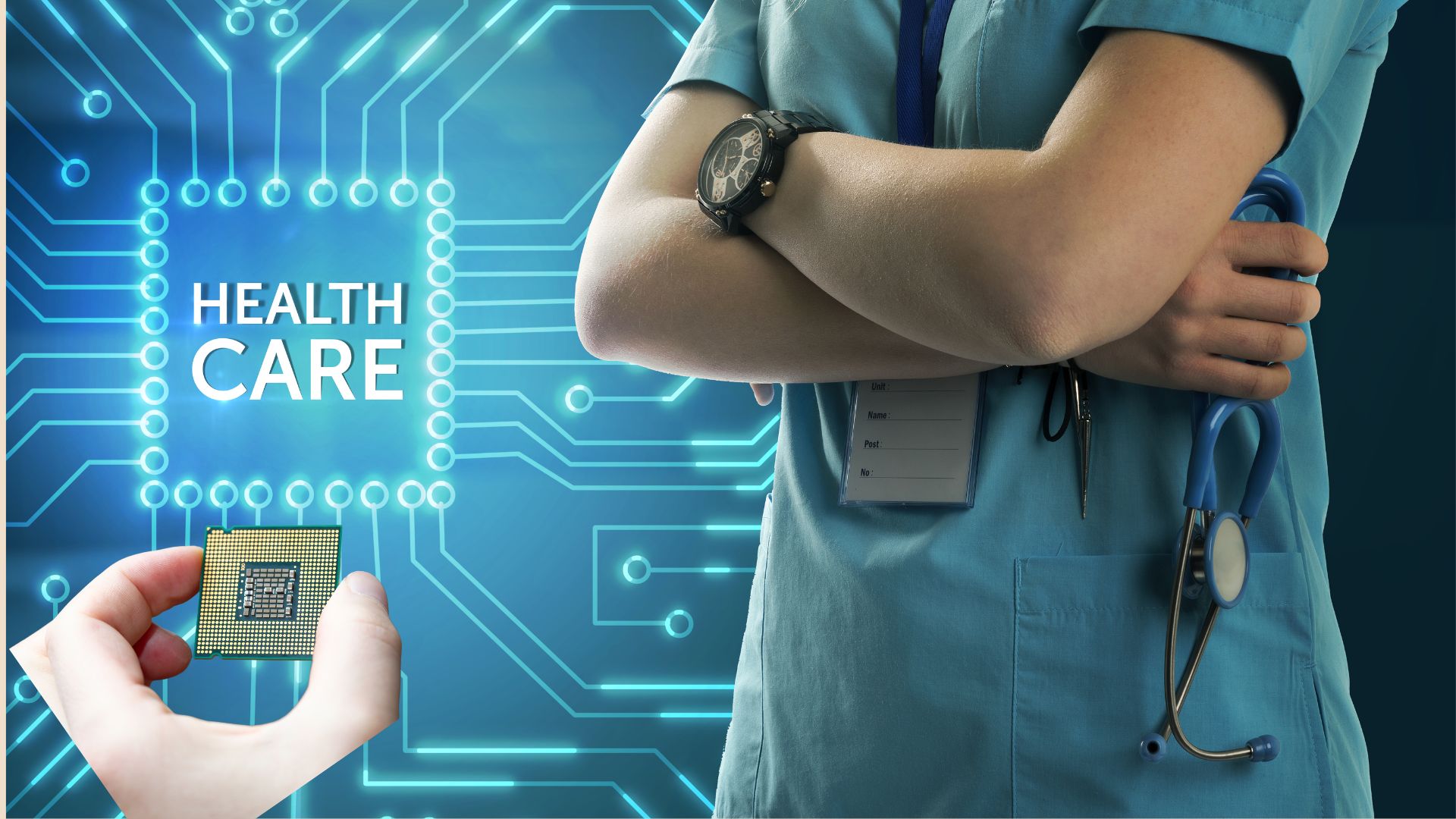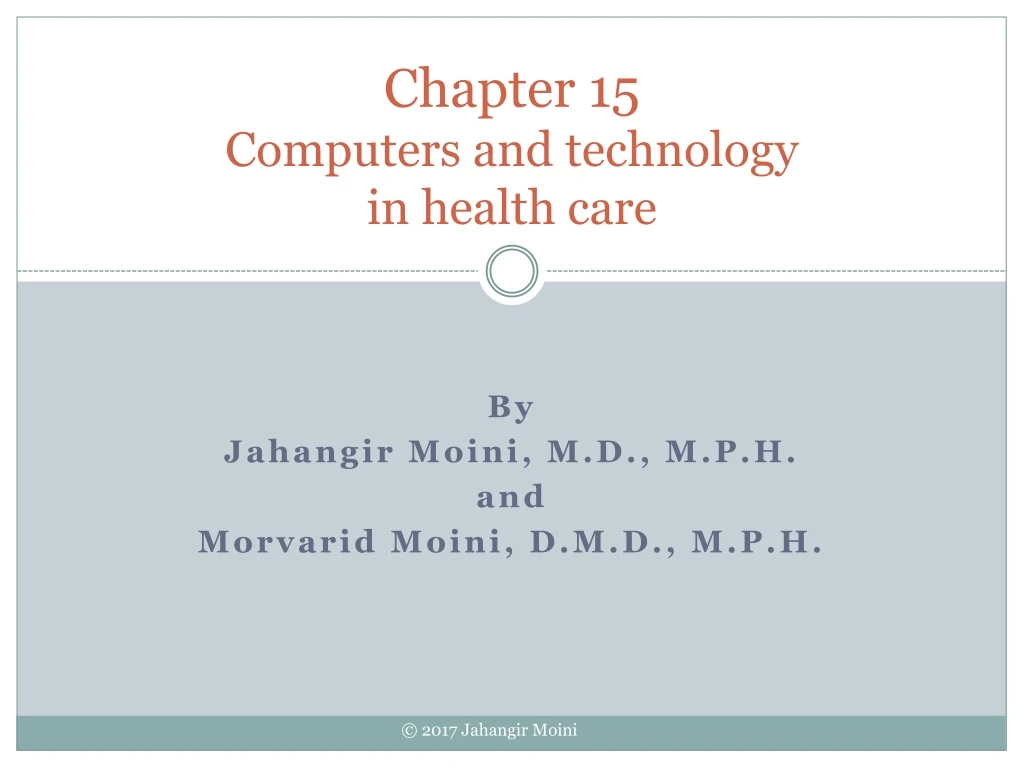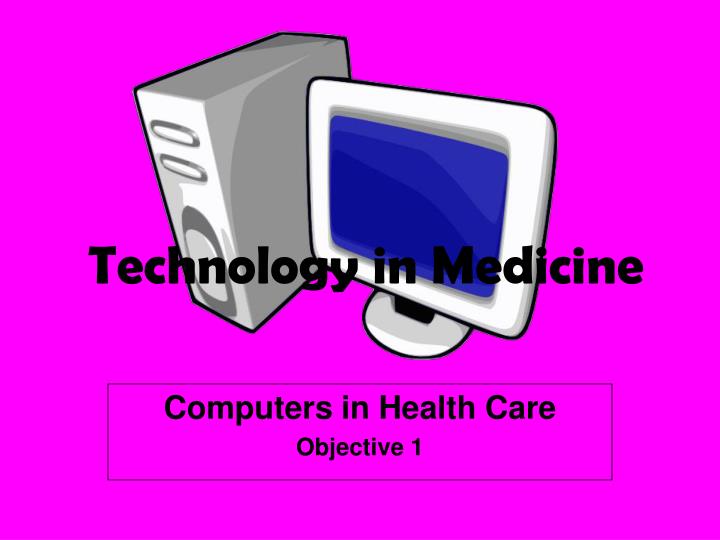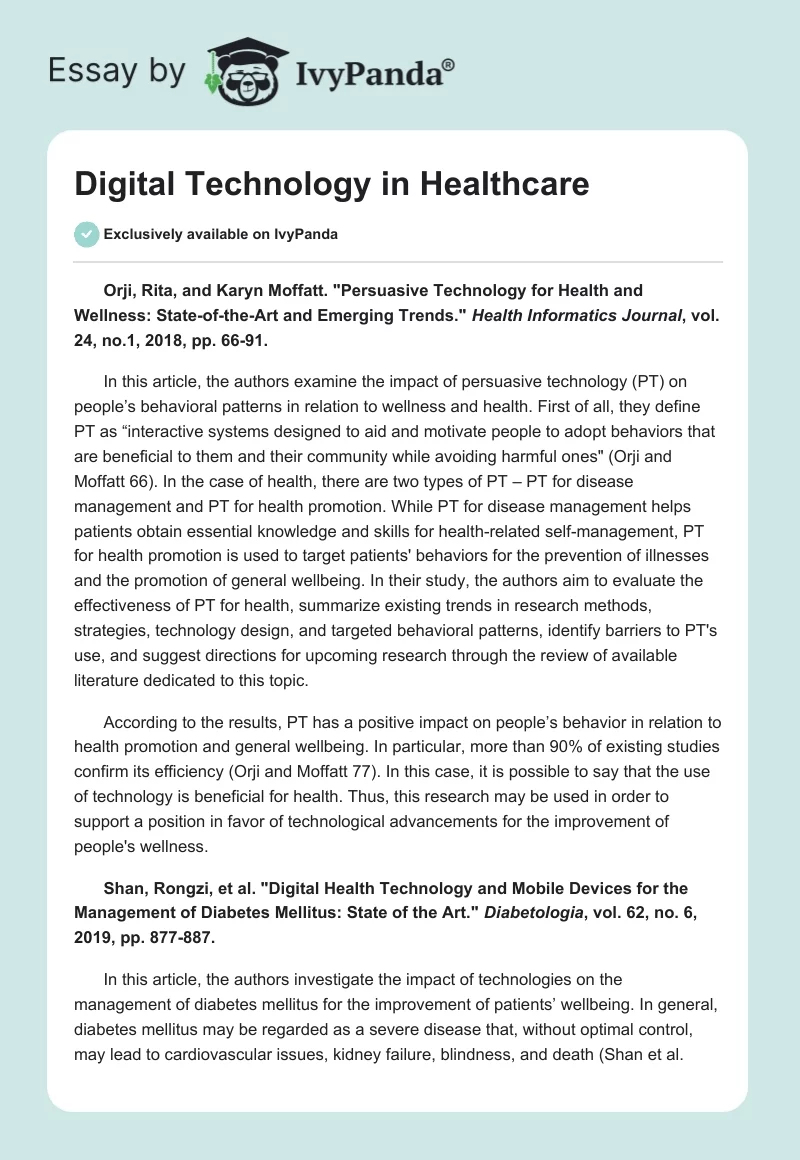Chapter 12 Computers And Technology In Health Care

The pulse of healthcare is quickening, not just with the urgency of patient needs, but with the relentless beat of technological advancement. From diagnosing diseases with unprecedented accuracy to personalizing treatments based on individual genetic makeups, computers and technology are reshaping the very fabric of medical care. But this digital revolution isn't without its challenges, raising critical questions about data privacy, equitable access, and the evolving role of healthcare professionals.
This article delves into the multifaceted influence of computers and technology in healthcare, exploring its transformative impact on diagnosis, treatment, patient care, and administrative efficiency. We will examine the benefits and drawbacks of these advancements, considering the ethical implications and the future trajectory of a healthcare system increasingly reliant on digital solutions.
Diagnosis and Treatment: Precision and Personalization
Artificial intelligence (AI) is rapidly changing diagnostic capabilities. AI algorithms can analyze medical images like X-rays and MRIs with remarkable speed and accuracy, often surpassing human capabilities in detecting subtle anomalies.
This enables earlier and more accurate diagnoses, leading to improved patient outcomes. According to a 2023 report by the National Institutes of Health (NIH), AI-powered diagnostic tools have shown promising results in detecting cancers at earlier stages.
Beyond diagnosis, technology is personalizing treatment plans. Genomic sequencing, coupled with powerful computing, allows doctors to tailor medications and therapies to an individual's genetic profile, maximizing effectiveness and minimizing adverse reactions.
This approach, known as precision medicine, is particularly promising in oncology, where genetic mutations play a significant role in cancer development and progression. Clinical trials are increasingly incorporating genomic data to identify patients who are most likely to benefit from specific treatments.
Remote Patient Monitoring and Telehealth: Expanding Access to Care
Telehealth has emerged as a powerful tool for expanding access to healthcare, particularly for patients in rural or underserved areas. Through video conferencing and remote monitoring devices, patients can consult with doctors, receive diagnoses, and manage chronic conditions from the comfort of their homes.
The Centers for Medicare & Medicaid Services (CMS) has expanded coverage for telehealth services, recognizing its potential to improve access and reduce healthcare costs. This expansion has been particularly beneficial for patients with chronic conditions such as diabetes and heart disease, who require regular monitoring and support.
Remote patient monitoring (RPM) devices, such as wearable sensors and blood pressure monitors, transmit real-time data to healthcare providers. This allows for proactive intervention and prevents potentially serious complications.
A study published in the Journal of the American Medical Association (JAMA) found that RPM significantly reduced hospital readmission rates for patients with heart failure. These technologies empower patients to take a more active role in their own care, leading to improved health outcomes.
Electronic Health Records (EHRs): Streamlining Information and Improving Efficiency
Electronic Health Records (EHRs) have revolutionized the way healthcare information is managed. EHRs provide a centralized repository for patient data, allowing doctors, nurses, and other healthcare professionals to access and share information securely.
This improves care coordination, reduces medical errors, and streamlines administrative processes. The Office of the National Coordinator for Health Information Technology (ONC) has played a key role in promoting the adoption and meaningful use of EHRs.
While EHRs offer numerous benefits, they also present challenges. Interoperability, the ability of different EHR systems to communicate with each other, remains a significant hurdle.
Many healthcare providers struggle to share patient data seamlessly, hindering care coordination and potentially leading to inefficiencies. Efforts are underway to improve EHR interoperability through the development of common standards and data exchange protocols.
Challenges and Concerns: Data Privacy, Security, and Equity
The increasing reliance on technology in healthcare raises significant concerns about data privacy and security. Sensitive patient information is vulnerable to cyberattacks and data breaches, potentially compromising patient confidentiality and trust.
The Health Insurance Portability and Accountability Act (HIPAA) sets standards for protecting patient privacy, but these regulations must evolve to keep pace with emerging technological threats. Healthcare organizations must invest in robust cybersecurity measures to protect patient data and prevent unauthorized access.
Another critical concern is equitable access to technology. While technology has the potential to improve healthcare for all, it can also exacerbate existing disparities if not implemented thoughtfully. Patients in underserved communities may lack access to broadband internet, smartphones, or other technologies needed to participate in telehealth or remote patient monitoring programs.
Addressing this digital divide is essential to ensure that all patients benefit from the advances in healthcare technology. Public and private partnerships are needed to expand access to technology and provide digital literacy training to vulnerable populations.
The Future of Healthcare Technology: Automation, Robotics, and Beyond
The future of healthcare technology is poised for even more dramatic advancements. Robotics is playing an increasingly important role in surgery, rehabilitation, and medication dispensing.
Robotic surgery offers greater precision and control, potentially leading to faster recovery times and reduced complications. Automated medication dispensing systems reduce errors and improve efficiency in hospitals and pharmacies.
Automation is also transforming administrative tasks, freeing up healthcare professionals to focus on patient care. AI-powered chatbots can handle routine inquiries, schedule appointments, and provide basic health information.
These technologies have the potential to streamline workflows and reduce administrative burdens, allowing healthcare providers to spend more time with patients. As technology continues to evolve, it is essential to address the ethical and societal implications of these advancements.
Ethical frameworks are needed to guide the development and use of AI in healthcare, ensuring that these technologies are used responsibly and in the best interests of patients. The ongoing dialogue between healthcare professionals, policymakers, and technology developers will shape the future of healthcare and ensure that technology serves as a force for good.
